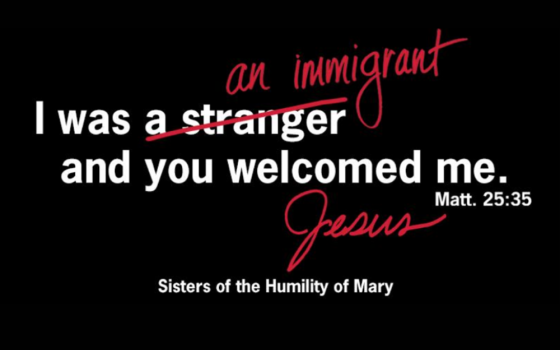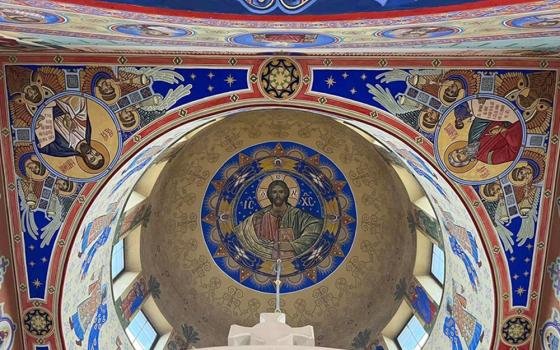MARTYRS AND MURDERERS: THE GUISE FAMILY AND THE MAKING OF EUROPE
By Stuart Carroll
Published by Oxford University Press, $34.95
Had I not promised to review Martyrs and Murderers: The Guise Family and the Making of Europe, I probably would not have read beyond the eighth page, yet it wound up teaching me, or at least dramatically reminding me of, something important.
Author Stuart Carroll has good credentials as a historian, and has published before on the 16th-century wars of religion in France. I was flabbergasted, therefore, when I read on Page 8 his attribution of a quotation to “Paul’s third letter to the Ephesians.”
For an author writing on the history of a very bloody war fought largely over the importance and interpretation of scripture to make it clear he is not familiar with even the table of contents of the New Testament, much less the book itself, left me so dumbfounded that I put Carroll’s book aside.
Later on, though, I decided that even such an egregious error on the author’s part did not absolve me of my promise to review the book. Besides, it would be a bit of devilish fun to hoist him on so large a petard. I determined to plow ahead and finish the book before delivering the blast. Instead, I wound up liking it.
Carroll tells a good tale as he traces the 160-year rise and fall of the Guise family, and lays out in some detail their interwoven civil and ecclesiastical family empire.
The Guise are famous (and in British Protestant histories of the period, infamous) for their support of Catholicism at a time when the outcome of the Reformation in France was very much in doubt.
For a while, the Protestant cause seemed to be in the ascendancy; the prospective heir to the French throne was himself a Protestant. The unshakable alliance between the French crown and the Catholic church could not be taken for granted.
In the second half of the 16th century, the Guise, one of the most powerful families in France, with family connections all over Europe, stood staunchly for the faith. They created martyrs for the Protestant cause and were themselves martyred for the Catholic cause.
Carroll not only tells this tale in lively fashion, he helps us understand how things all turned out as they did. He provides maps for those of us who are less than conversant with Renaissance French geography, and genealogical tables for those of us who keep getting confused about who is related in what way to whom. (I for one have always found royal and noble family interconnections about as easy to keep track of as names in a Russian novel.)
At the center of the fight was Henri, Duke of Guise (1549-88). Head of the family and holder of some of the highest offices in the land, he marshaled his considerable power in support of Catholicism. He negotiated with, conspired with, and conspired against his own king, and with and against other imperial, royal and noble houses. He offered important behind-the-scenes support to the Catholic League, though most of them were not even of noble blood. He was a military leader and a diplomat, thought of as a hero, or as an archvillain, in the great religious conflict of his time.
Yet Carroll points out that Henry was not himself particularly devout, nor well versed in theology. Religion does not seem to have been his leading motivator. He was more a man of action than a thinker, more a manipulator than a theologian, and more interested in satisfying his mistresses than his God.
Most of all, he was a man of his family. Raised in a tight-knit extended family and well taught by example, he placed more value on maintaining and expanding the wealth, power and influence of the house of Guise than anything else.
Since for various reasons, which the author amply demonstrates, the Guise family’s interests coincided with the cause of Catholicism, he became a leader of the Catholic cause. Had the interests of his family indicated otherwise, the results could have been very different, not just for him, but for history.
So this book wound up actually teaching or re-teaching me two things. First, I shouldn’t be so quick to cry, “Gotcha!” The other guy’s error may be a lot less significant to the topic than I first thought. Second, I should look a little more closely at the various internal and external religious (and antireligious) wars of our own day.
The religious, theological or even rubrical points we appear to be fighting about may not be really be the sole -- or perhaps even the dominant -- motive for any of the participants at all.
Maybe not even me.
[Fr. Richard T. Lawrence is pastor of St. Vincent de Paul, the oldest parish in Baltimore.]



